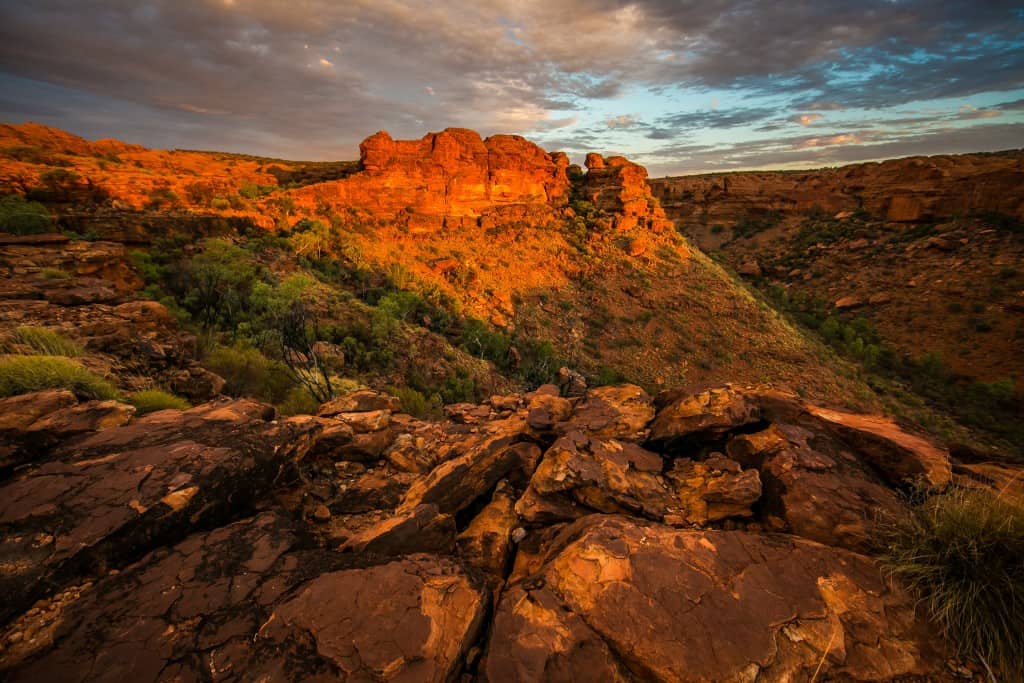So many iconic landmarks!
Where to begin for a journey Down Under?

Do you come from the land Down Under?
That was the question asked by Men at Work in their 1981 song celebrating Australian culture, identity and a yeast spread for sandwiches called Vegemite. This classic Aussie anthem not only generated national pride from being somewhere south of most everyone else on earth but propelled their geographical nickname even further into popular culture.
With many young travellers planning their first foray into the Southern Hemisphere, it’s good to know that Australia extends an official invitation with their Come and Say G’Day campaign – a global plan to rebuild tourism and bring tourists from all over to their laid-back lifestyle, spacious landscapes and natural wonders.
So, with the Aussie welcome mat freshly laid, let’s take a look at some of this country’s iconic natural features that make the land Down Under somewhere we’d all be proud to come from:
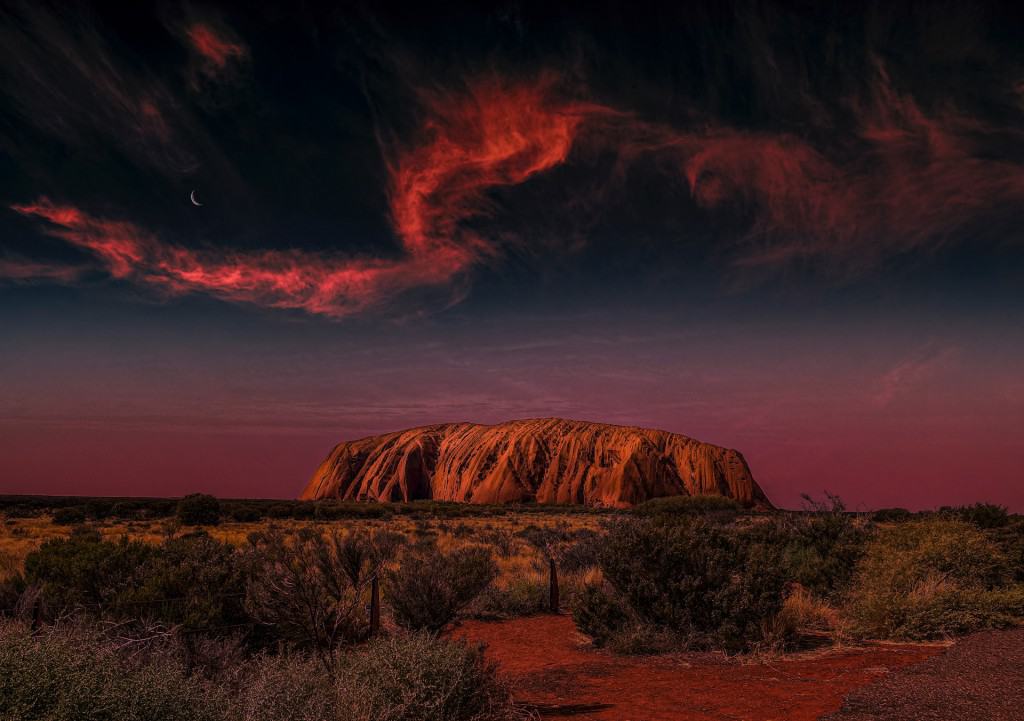
Uluru (Ayers Rock)
It’s just a rock, right? Well, technically, yes. But aside from being over 330 meters high and almost 10 kilometres in circumference, making it the largest sandstone monolith on the planet, it’s a place of deep spiritual significance to the Anagu people who have inhabited the area for more than 22,000 years. As deep as their spirituality is for the site, this rock in the red centre of Northern Territory doesn’t show its full glory to tourists, with one and half miles of its mass buried underground. What visitors do see of Uluru radiates a bright ochre red in the harsh sunlight – oxidization of the iron in its soils create a glowing scene of ancient rust on scale that is truly awe inspiring.
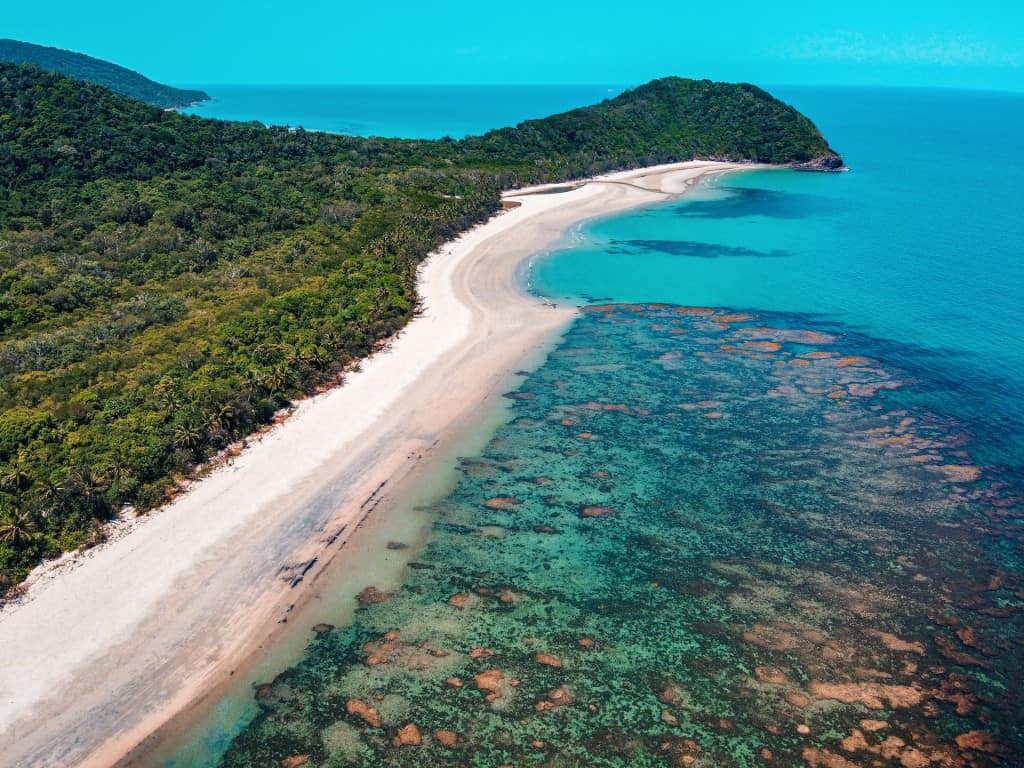
Great Barrier Reef
Covering 200,000 square kilometres and 2,300 miles in length, the Great Barrier Reef off the coast of Queensland is not only the world’s largest coral reef system, it’s also the largest living thing in the world. This mammoth is visible from space and encompasses over 100 islands, with unique and exotic places like the Whitsundays and the remarkable Northern Islands standout attractions that have redefined millions of visitors’ ideas about what paradise looks like.
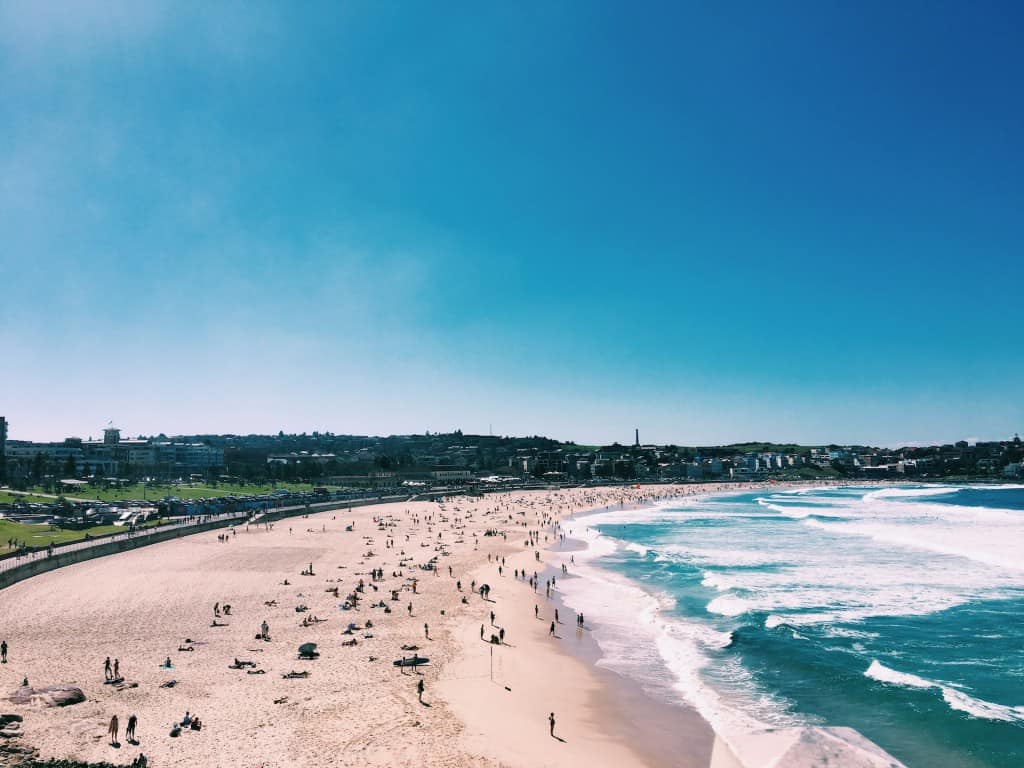
Bondi Beach
Think ‘Australia’ and beach life visions immediately come to mind, making it no surprise that Sydney’s Bondi Beach holds mythical status as being as Australian as ‘throw another shrimp on the barbie’. Named after the Aboriginal ‘Boondi’ meaning ‘water breaking over rocks,’ Bondi Beach is equally popular with locals as tourists. With easy access to Sydney’s eclectic mix of shopping, entertainment and cuisine hotspots, this 1km stretch of sand and surf rewards visitors with an experience worthy of one of the world’s most famous beaches.
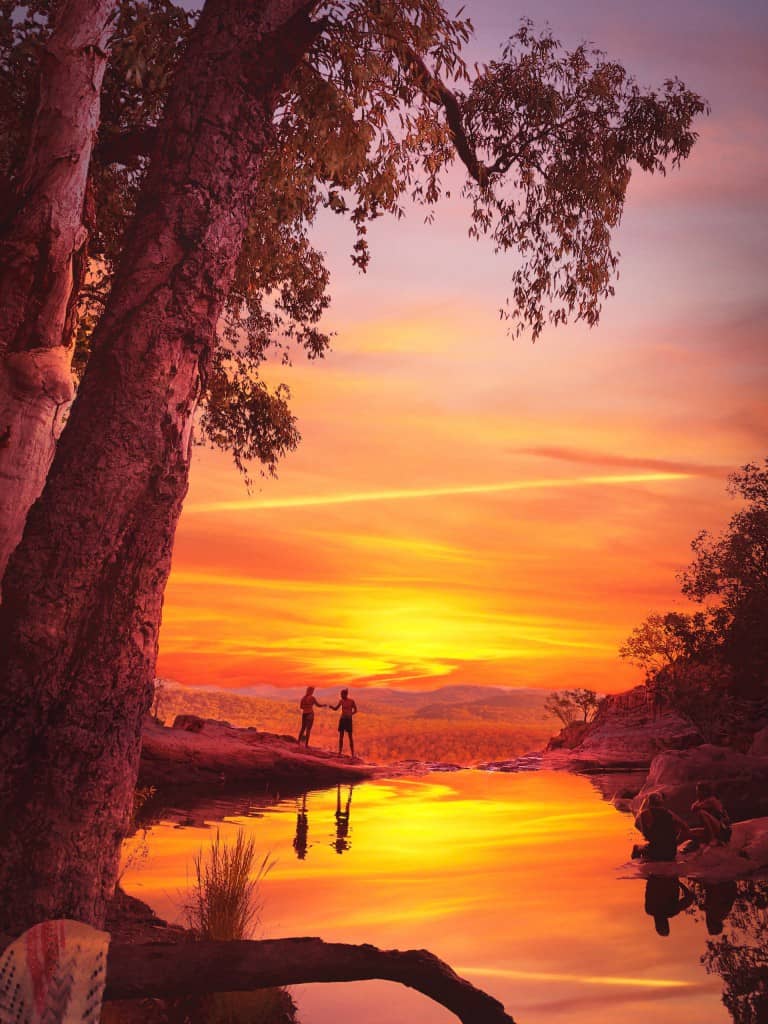
Kakadu National Park
Bigger than New Jersey, the huge expanse of the Kakadu National Park is home to the oldest surviving human culture on earth. The Bininj and Mungguyin peoples have over 40,000 years of permanent residency in Kakadu, with their longevity laid out in over 5,000 sites of significance. UNESCO World Heritage describe Kakadu as a protected area of outstanding beauty. It’s home to a diverse biosphere of plants and animals as well as the Ubirr Rock Galleries that record ancient Aboriginal interaction with the environment.
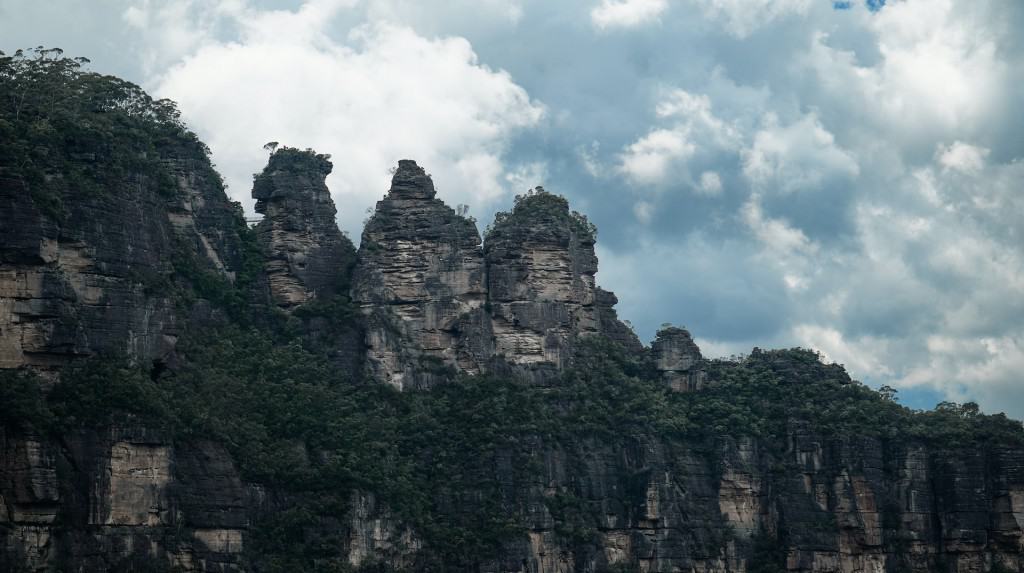
The Blue Mountains and the Three Sisters
The Blue Mountains, part of the Great Dividing Range in southeast New South Wales, are famous for dramatic scenery with sandstone tablelands, wilderness, valleys, waterfalls, rainforests, lookouts, canyons and amazing hiking trails. It’s also home of a rock formation known as The Three Sisters. In Aboriginal legend, the three sisters Meehni, Wimlah and Gunnedoo were turned to stone when they lost their hearts to men of a rival tribe. The Dreamtime – a period in which life was created according to Aboriginal culture – mark the Sisters as a place of profound significance, with the shifting sunlight on the sandstone peaks creating differing daytime scenes and colours that amplify the Dreamtime legends of these landmarks.
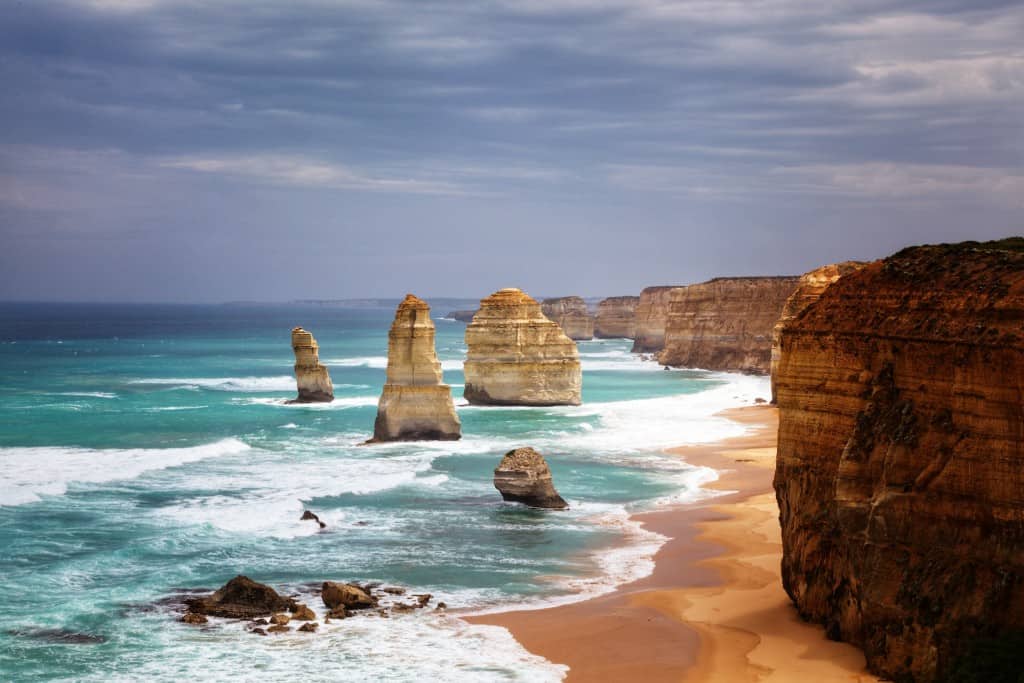
Twelve Apostles
Take one of the definitive Aussie-road trips along the Great Ocean Road in Victoria and you’ll inevitably be led to a collection of rock stacks standing defiantly, despite their 20 million-plus age. Erosion of the bases now means the twelve apostles are now only eight, yet their proximity to each other still makes for a magnificent sight, along with a host of other features including Pudding Basin Rock, Elephant Rock, Muttonbird Island, Thunder Cave, Bakers Oven, London Bridge and the Grotto.
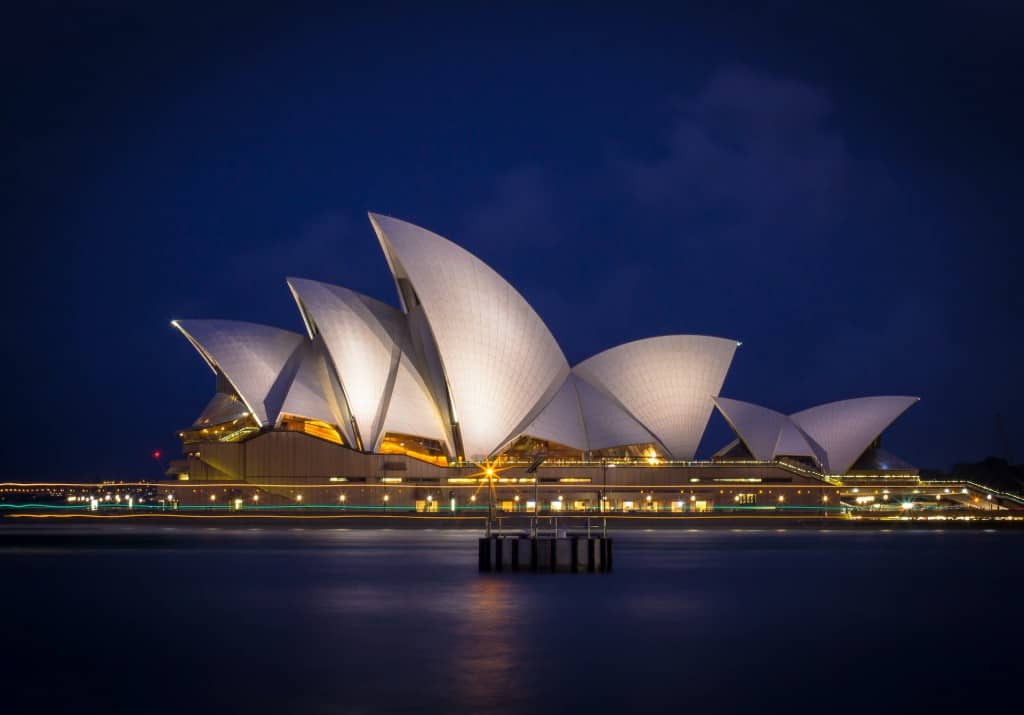
What makes Australia so intriguing for tourists is the extraordinary contrast it offers between the exotic and the familiar. The familiar is everywhere from the names of its famous cities, language and culture that tourists feel immediately, unconsciously, accustomed to. And then there is the exotic! Remove Alaska, and Australia is bigger than the US and its landscape ranges from tropical rain forests to golden coasts and desert outback with fauna and wildlife found nowhere else on the planet.
Whether it’s a vacation for the family, for adventure, or culture, nature or sports, no other nation is quite like Australia for the complete package of a one-stop destination.
